Fly's Brain Scan Revealed Unbelievable Secrets: Insights into the Mysteries of Fly's Brain Function
Not many scientific surprises are as heavy as those hidden in the smallest of the creatures. A fly, it would seem, is a rather ordinary fly, but recently, it has been found that studying it can give some profoundly interesting and complex goings-on in its little brain. The article looks into the incredible vistas learned by researchers from the latest brain scan of the fly; it is to these secrets revealed to the scientists about the fly's brain, which may lead them towards some breakthroughs in neuroscience.
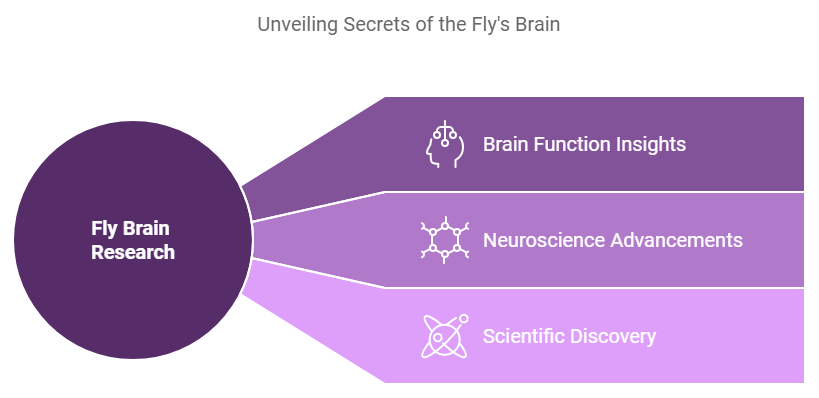
The Importance of Understanding Fly's Brain Function
At first glance, the fly brain appears as if all lowly compared to the larger animals, yet it works in rather surprising intricacy. Indeed, for decades researchers scoured insects for clues regarding the understanding of basic neural mechanisms, but even technology was never at such a level that researchers could scan and analyze the fly brain in such intricate detail. This insight into the brain of a fly has shed light on certain neurological patterns that could revolutionize, at least partially, our understanding of cognition, memory, and behavior across species.
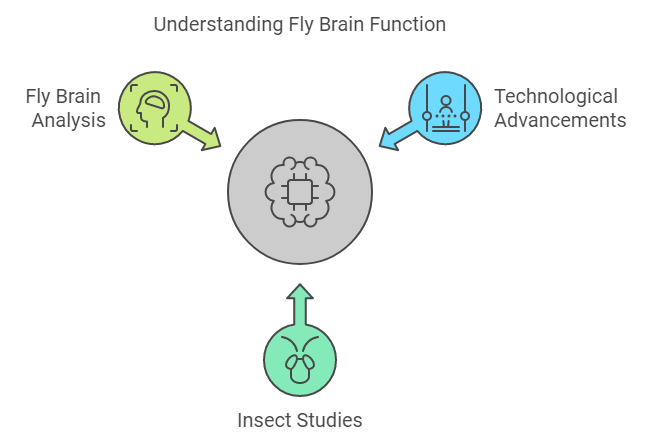
How the Brain Scan Technology Works
With scanning electron microscopy and advanced neural mapping technology, scientists were able to produce a very detailed 3D map of the brain of a fly. Every neural pathway is layed bare to scientific inspection of how the fly brain works with fantastic accuracy through these tools. This scanning captures millions of images of neural connections, stitched together to depict the entire structure of the brain. Such an in-depth analysis of the fly brain will enable comparisons with more complex brains, thus giving researchers insight into some of the most elementary principles of neuroscience.
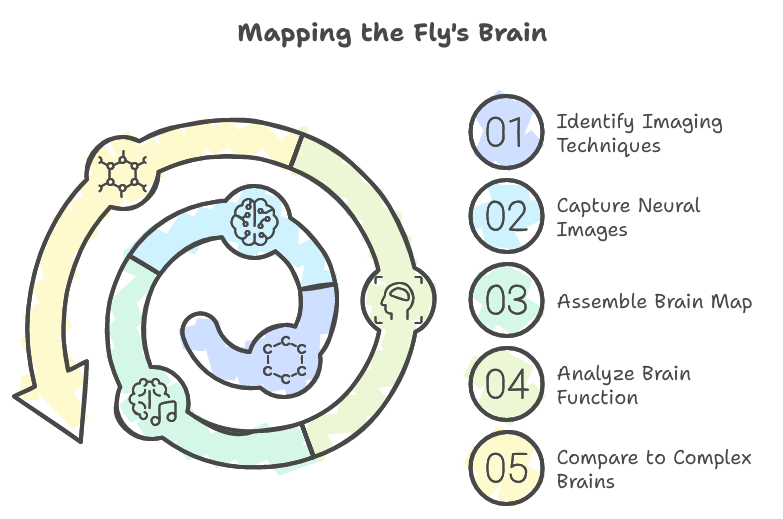
Unveiling the Complexity of Fly's Brain Function
The fly possesses about 100,000 neurons in the brain, a far cry from the billions in a human brain. However, the connectivity and interaction of the neurons show an unprecedented level of organization compared to creatures of this size. Each neuron in the brain of a fly has different functions, contributes toward processes like learning, memory, sensory processing, and motor control. This study, in detail of the function of the brain of the fly proved that although it is small, the neural circuitry of the fly is organized in ways similar to the brains of mammals, large and more complex.
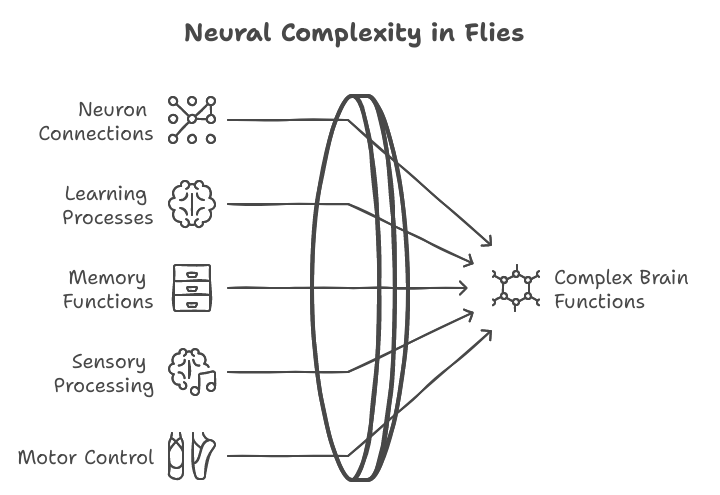
Memory and Learning in Fly's Brain Function
The most astonishing findings about the memory and learning ability of this fly from its brain scan were observed. The scientists identified that flies are associative learners where they connect sensory experience with specific behaviors. Studying the functions of the brain of the fly scientists have noted that these kind of neurons uniquely specialize for the encoding and retrieval of such memory, and thus may lead to more understanding of human memory mechanisms. Such a degree of similarity in neural structure suggests that perhaps some basic mechanisms of learning and memory are evolutionarily conserved across species, and the fly is an excellent model to be taken forward.
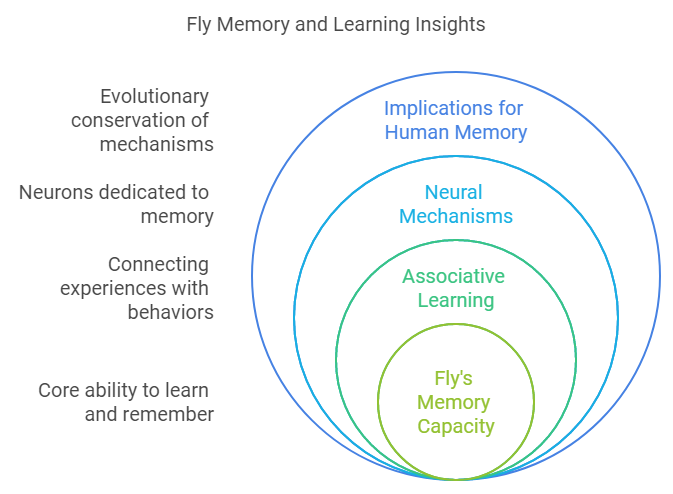
Insights into Sensory Processing Through Fly's Brain Function
Another remarkable finding from the study on the function of the brain of the fly is its advanced system of processing sense. The flies are incredibly sensitive to the visual, auditory, and olfactory signal that forms around them. Through this scan, it is observed that sensory input is processed in very specialized parts of the fly's brain, thus allowing for rapid reactions to stimuli from their environment. Heightened sensory processing thus helps flies navigate in their surrounding spaces, detect threats, or locate food sources. Thus, the brain functioning of a fly with regards to sensory perception could provide hints toward making artificial intelligence systems similar to biological sensory networks.
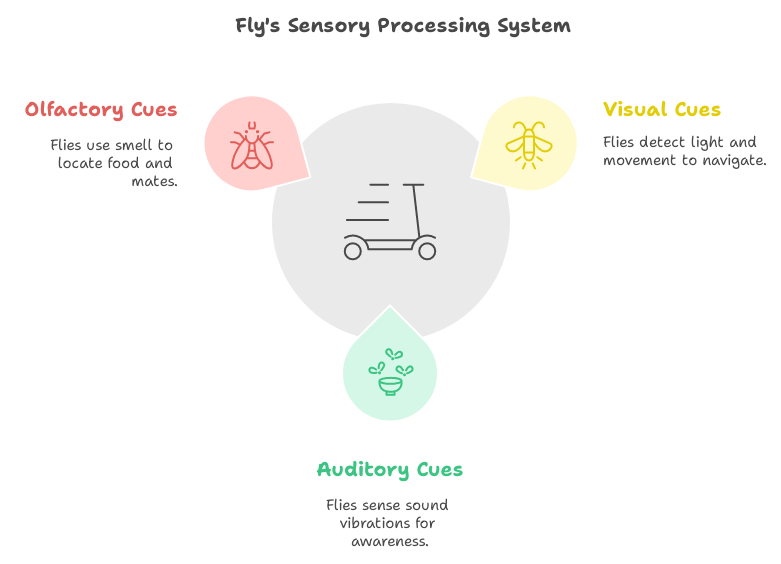
The Role of Fly's Brain Function in Motor Coordination
The fly's function in its brain controls the coordination of motor: it goes through acrobatics and does a quick landing. The scientists found that the neural circuits of movement are exquisitely complex, making the flies nearly impossibly agile and responsive. Research on the function of motor activity of the brain of a fly sheds light onto how the brain would coordinate rapid movement - just precise-enough information that might find its expression in the design of robotic systems and prosthetics with high requirements in fine motor skills.
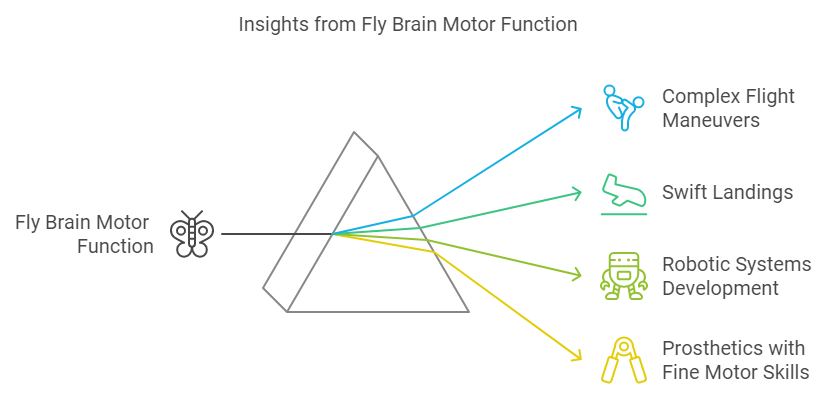
Implications for Human Neuroscience from Fly's Brain Function
The findings in the function of a fly's brain have significant impacts for human neuroscience. Basic properties about a fly's brain reveal similarities in other species' brain functions, assist in the development of models for studying neurological diseases like Alzheimer's, Parkinson's, and epilepsy, and much more. Furthermore, neural pathways, which describe the simply functioning fly brain, are easier to analyze to obtain a better comprehension of human cognitive processes and how to treat cognitive disorders.
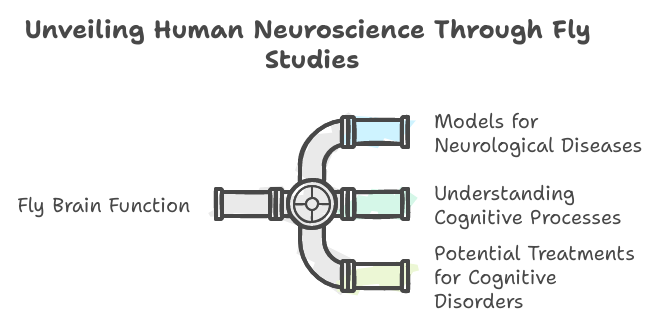
How Fly’s Brain Function Influences Behaviour
A fly's brain function is linked to behavior more profoundly than once imagined. Flies are involved in various tasks, such as mating rituals, aggression, and social interaction, each orchestrated by a set of neural circuits in the brain. This knowledge opens doors into new experimentation in the field of behavioral neuroscience, explaining the neural basis of social interaction.
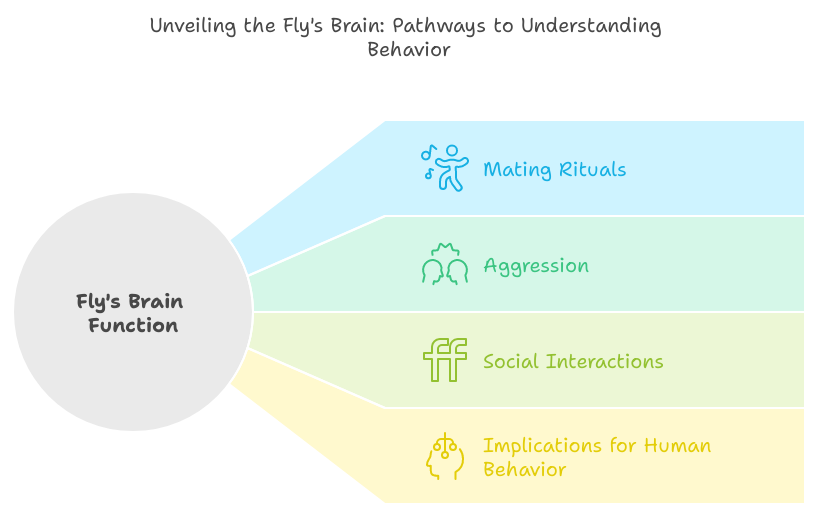
Technological Advances Enabling Fly's Brain Function Study
It is only owing to some incredible innovations in imaging and data processing technologies that this is all possible. Now, with high-powered electron microscopes married to machine learning algorithms, what could only be imagined a decade ago can indeed be decoded: the neural connections of flies. And as technology advances, researchers will probe deeper into the behavior of fly brain and unearth even more secrets that may lead to important future breakthroughs in neuroscience and medicine.
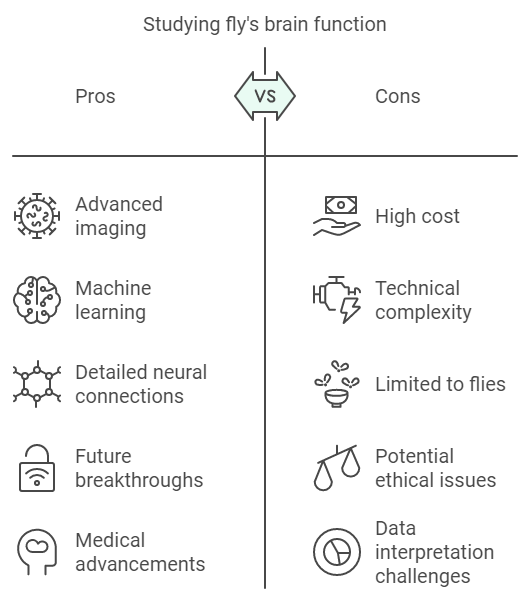
Ethical Considerations in Studying Fly's Brain Function
Of course, thanks to such marvelous studies on the fly's brain function, questions also arise concerning the broad ethical implications of manipulating neural systems in animals. Ethical standards must be maintained as scientists move further into research on the neural basis of behaviour and cognition that has to do with these organisms as well. Focusing on humane practices and responsible research means that the scientists would ensure the advancements in understanding fly's brain function contribute to science without causing undue harm.
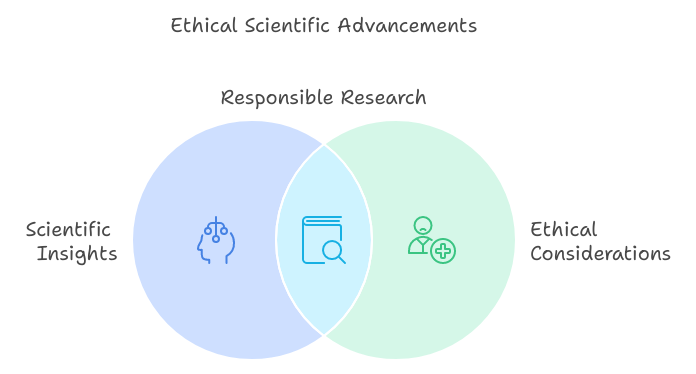
The Future of Fly's Brain Research
A new frontier of neurological study has just been opened through recent findings regarding the fly brain. Scientists today do not know how neural systems develop, interact, and adapt until now. Such knowledge one day may lead to innovations in neural interfaces, treatments of injuries to the brain, and most excitingly of all, artificial intelligence. The future of fly brain research promises much: it can be aptly said that all the secrets going to unveil from this area will lead to much better understanding of cognitive processes not only in insects but in humans as well.
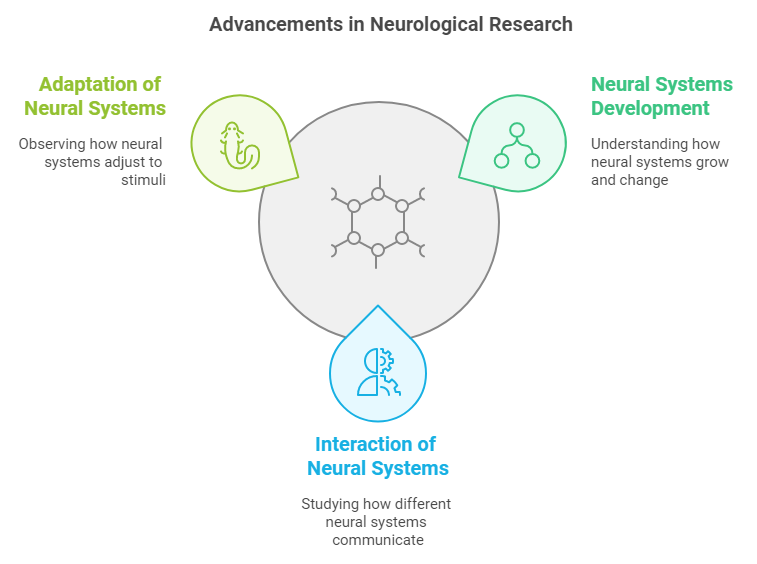
Conclusion
By scanning the newly scanned fly's brain, researchers have garnered, for the first time in history, striking results that give scientists a novel view of the complexities of brain functioning within the fly. The sophisticated processes observed in memory and learning, sensory processing, and motor coordination, have become surprises for researchers. The findings of the study of the fly's brain function increase our knowledge on the cognition of insects, but equally lay the groundwork for human neuroscience, robotics, and artificial intelligence.
This would lead to scientists being able to uncover the secrets of the brain function of an organism as odd as a fly. Indeed, through the study of even the smallest brains, researchers have shown that even the tiniest creatures can unlock enormous secrets in the workings of the human mind. What other mysteries lie in the small microcosm of the fly's brain and await discovery as technology advances?

You must be logged in to post a comment.